You've decided it's time to teach your dog some new skills and you'd like your pup to learn them ASAP. The good news is that any animal at any age has the capacity to learn and change their behaviors, says Haylee Bergeland, CPDT-KA, RBT, pet health and behavior expert for Daily Paws.
Dogs learn in the same way that people do. They assess whether their interactions in the environment have positive or negative consequences. Then they adjust their behavior to get more of the good and less of the bad. Positive reinforcement training is the best way to shape your dog's future behavior and strengthen the bond between you and your pooch.
How to Teach Your Dog 4 Training Basics
What Is Positive Reinforcement?
Positive reinforcement training is a simple way to teach your dog what to do in various situations. How does it work? Teach your pup desirable behaviors by introducing a positive stimulus after your dog performs those behaviors (like giving your dog a treat if they're treat-motivated or petting and praise). Using this method, reinforce the behavior you want to see more of (e.g. sitting) and your dog will more likely behave in a way you want in the future
You Probably Should've Enrolled in Puppy Kindergarten Already
What Is the Difference Between Positive and Negative Reinforcement?
When talking about positive reinforcement, negative reinforcement does not mean what you might assume. Within the context of learning, positive and negative are not opposites. It's important to remember that we are not talking about emotions or what we feel is good or bad. Positive and negative, within learning theory, is referring to adding (positive) something or removing (negative) something. Reinforcement, whether positive or negative, means you are reinforcing something so that it happens again.
Positive reinforcement dog training means you add something your dog really loves, like a piece of chicken, after they do a behavior (like sitting when asked to sit). If that behavior happens again, or increases in frequency, then it was positively reinforced.
Negative reinforcement means you are removing something in order to increase a behavior or get the behavior to happen again. An example of this would be when trying to train your dog to sit, you put pressure on your dog's back to get them into a sitting position, and then when they successfully sit, you remove the unpleasant pressure. By removing the pressure, your dog feels relieved to have the feeling gone and is more likely to sit in the future (increase behavior) to avoid the unpleasant stimulus.
It's important to understand that negative reinforcement and punishment are not the same thing. Punishment stops a behavior, whereas reinforcement increases behavior.
To really understand the differences among positive and negative reinforcement as well as positive and negative punishment in simple terms, just remember:
- Positive reinforcement: the process of adding a desirable stimulus in order to increase the frequency of behavior
- Negative reinforcement: the process of removing an undesirable stimulus to increase the frequency of behavior
- Positive punishment: the process of adding an undesirable stimulus in order to decrease the frequency of behavior
- Negative punishment: the process of removing a desirable stimulus to decrease the frequency of behavior
What Happens When You Don't Use Positive Reinforcement Training?
Well, explains Bergeland, every time you use positive reinforcement, it's like adding money to a relationship piggy bank. When you punish by yelling "no," it takes money out.
If you're using punishment (also called corrections) as your primary training method, at the end of the day, your piggy bank will be empty and your dog will be fearful. Dogs that lack confidence or are scared are more likely to act out aggressively.
Common Dog Training Mistakes You Might Be Making
Positive reinforcement is the gold standard of dog training and can easily be done at home. Use these tips to make your training sessions easier and more effective from the get-go.
6 Tips to Keep in Mind as You Get Started with Positive Reinforcement Dog Training
1. You and Your Dog Are Teammates
You don't have to act like a "pack leader" in order to earn your dog's respect. Micromanaging your pup's every move is stressful, for you and your pup. Instead, consider yourselves teammates working toward the same goal together.
2. Stock Up on Plenty of Treats
Everything Pet Parents Need to Know to Buy the Best Dog Treats
3. Create Trust and Understanding With Your Dog
Teaching your dog to navigate the human world is similar to raising a child—you need patience. "Sometimes people say 'My dog is just naughty," Bergeland says. "But that's never the case. Take a step back and ask yourself 'How can I help my learner understand what I'm trying to teach them?"
4. Always Give Your Dog Choice
Positive reinforcement training can be really fun for both you and your dog. But if your dog doesn't feel up to it, don't force it. For example, avoid physically making your dog sit or dragging them on a leash. If your pup isn't cooperating, that's a sign that it isn't a good time to train.
5. Make Sure Your Dog Is Enjoying Training
You can tell if dogs are enjoying skill-building sessions by reading their cues. Is your pooch paying attention to you? Is your pup eager to get the treat? Then keep teaching. If they seem disinterested or distracted, try another time.
5 Effective Dog Training Tools Pros Swear By
6. Create the Best Environment for Positive Reinforcement Training
Help your pup focus better by eliminating distractions like kids or other pets running around. Make sure your pup has had a potty break and that you're training at the right time—your pooch will work harder for treats if he hasn't just eaten a meal.



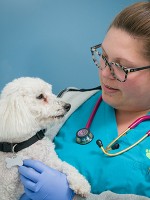
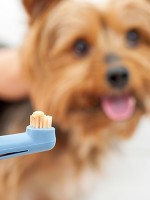

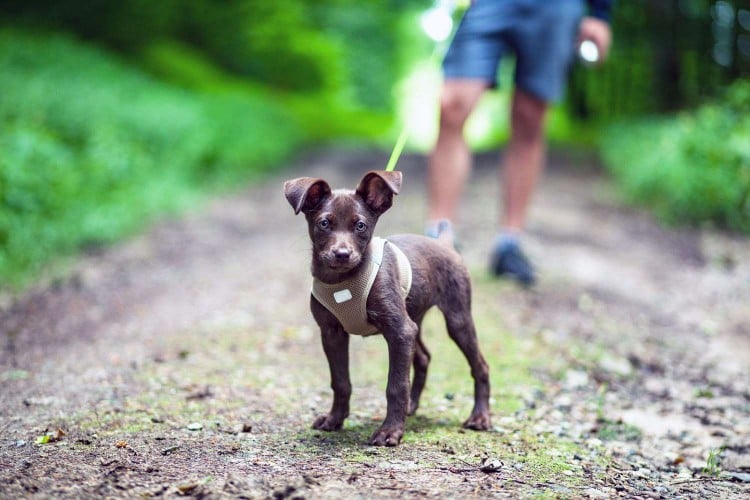

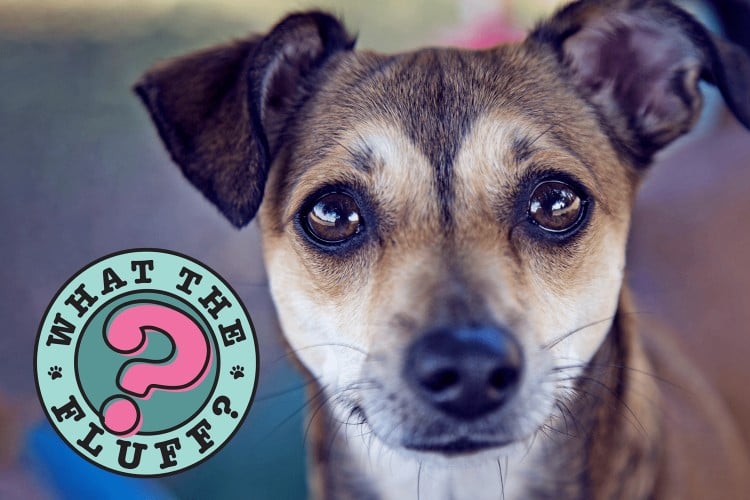
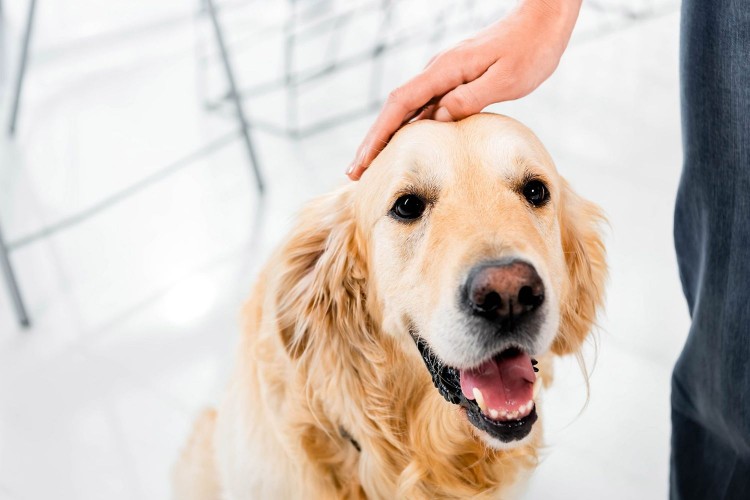
Comments on " 6 Easy Tips to Train Your Dog With Positive Reinforcement" :